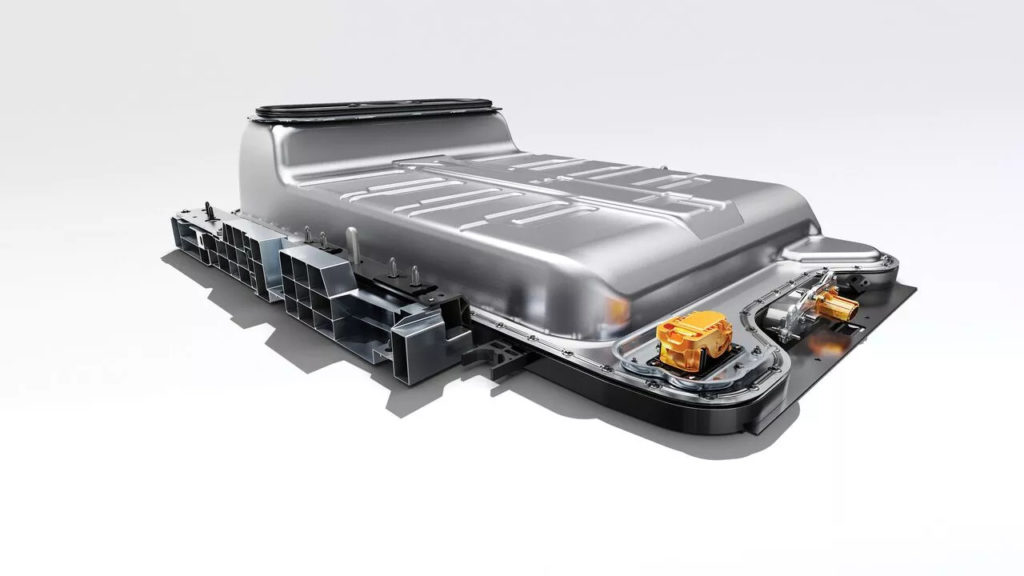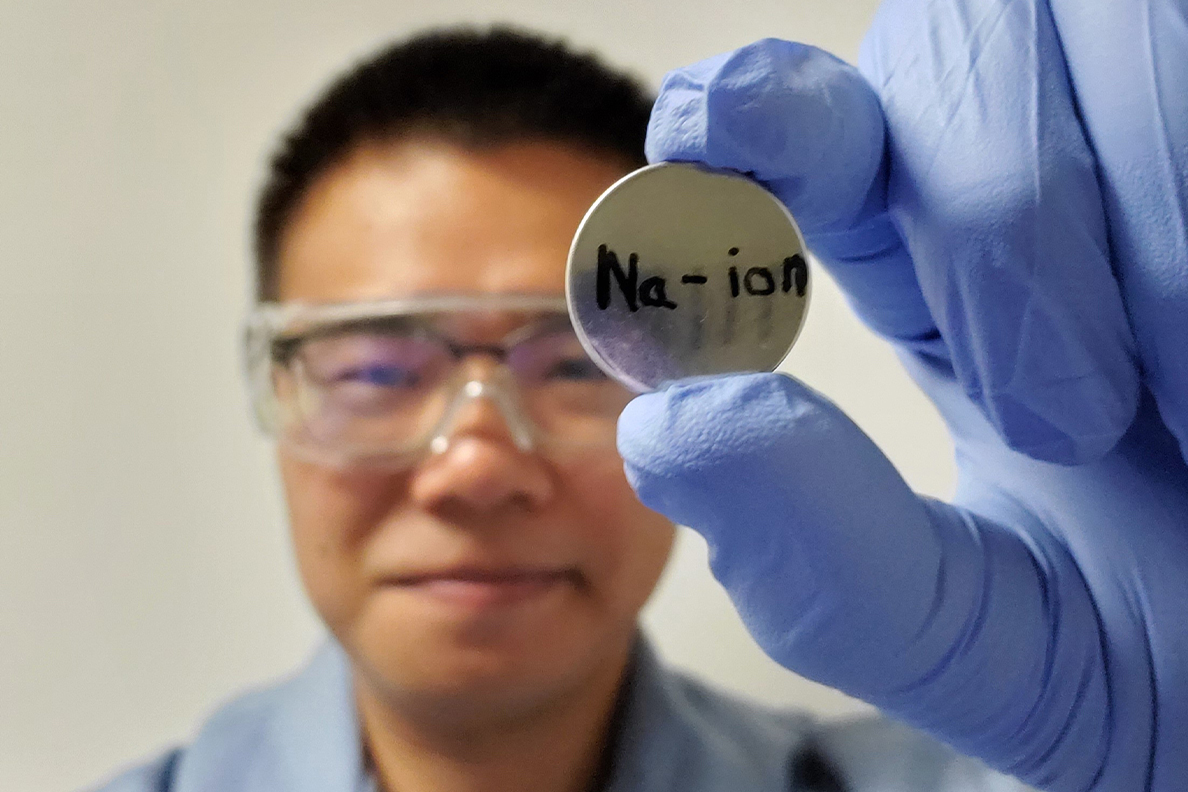Today, the most widely used batteries in electric vehicles are lithium-ion. One of its main drawbacks is the relative scarcity and the high price of some of the materials that make it up, such as lithium itself. This leads to certain problems in meeting your demand, which will increase in the future.
An alternative to lithium-ion batteries is sodium-ion batteries. Sodium is a very abundant, cheap, and sustainable material; however, until now, these types of cells have not been able to offer lithium-ion batteries. They also showed more significant degradation than regular charge/discharge cycles. One of its main problems is creating a layer of sodium crystals that build upon the cathode surface, stopping the flow of sodium ions and causing the battery to fail.
However, a group of researchers from the Pacific Northwest National Laboratory (PNNL) and Washington State University (WSU) has developed a partner ion battery capable of equalizing aspects such as capacity or durability to the current ones lithium-ion batteries. This research opens the door to the commercial viability of this type of batteries.

Capable of maintaining over 80% of its capacity after 1,000 charges/discharge cycles, the truth is that the results are the best obtained to date for a sodium-ion battery. The research has been led by Yuehe Lin, a professor at the WSU School of Mechanical and Materials Engineering, and Xiaolin Li, a PNNL scientist.
“This is a major development for sodium-ion batteries,” says Dr. Imre Gyuk, director of energy storage in the Office of Electricity, US Department of Energy, “There is great interest around the potential for replacing Li-ion batteries with Na-ion in many applications.”
The researchers involved in the project developed a layered metal oxide cathode and a liquid electrolyte that includes additional sodium ions, improving interaction with the cathode. This design allows a continuous movement of the sodium ions, avoiding the accumulation of inactive crystals.
“This work paves the way toward practical sodium-ion batteries, and the fundamental insights we gained about the cathode-electrolyte interaction shed light on how we might develop future cobalt-free or low cobalt cathode materials in sodium-ion batteries as well as in other types of battery chemistries,” Song said. “If we can find viable alternatives to both lithium and cobalt, the sodium-ion battery could truly be competitive with lithium-ion batteries.”
Those responsible for the investigation continue to work to understand better the interaction between the cathode and the electrolyte, which will improve the battery design with new materials. Besides, they want to develop a battery that completely dispenses cobalt, which will allow it to be even cheaper.

